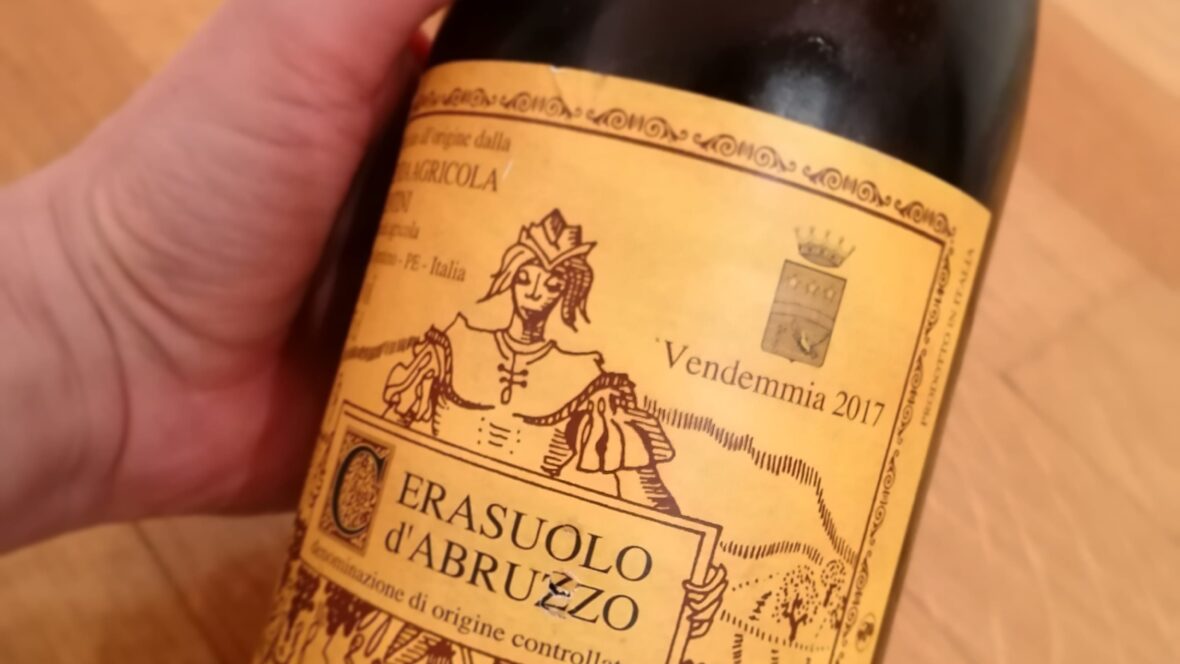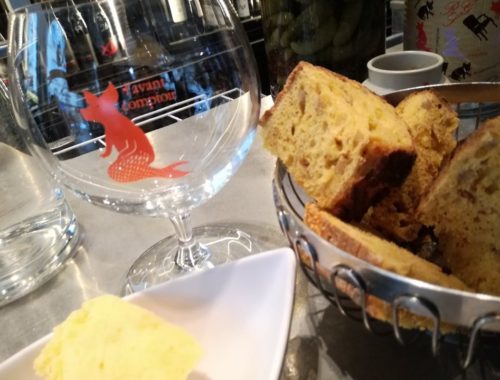The practice of the journalists aimed at using a so-called “imaginative” vocabulary is carefully observed by the technicians, who promote the use of those codifications specially designed so that a unique lexicon can be used in the course of a tasting.
Actually, however, we mostly write for non-professionals hence the reason why we adopt such terms is not a mere stylistic exercise. On the contrary, it is almost a need aimed at better explain a wine to less expert consumer who may not fully understand some coded expressions. What’s more, I also believe in honoring each wine by using a formula which, although “imaginative”, could allow for a description that is as effective as possible.
These reflections arose during a tasting of the Valentini wines from central Italy, well known producer both in Italy and abroad. As soon as I tried their extraordinary rosé (Cerasuolo d’Abruzzo DOC 2017), I realized that I could not adopt any term already used for other wines: I would have diminished such a unique and unrepeatable personality.
Far be it from me to denigrate the codes that I myself use and which I consider indispensable also in order to make a wine evaluation objective. It is an irreplaceable form of language in certain contexts. By the way, this is accompanied by another approach: within journalism, it is appropriate, as well as involving, to treat wines for their own uniqueness by describing them with specific and differentiated terms.











